Professional Landscapes In Ameteur Competitions
The_Passionate_Thumb
18 years ago
Related Stories
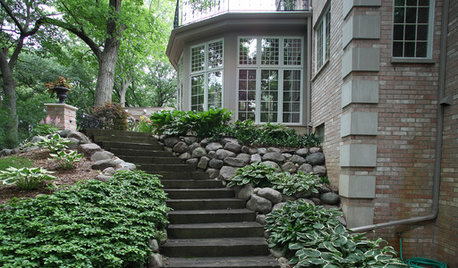
GARDENING AND LANDSCAPINGHow to Work With a Landscape Pro
Lush lawns and gardens don't create themselves. Here's how to work with a landscaping professional for a smooth process and pleasing results
Full Story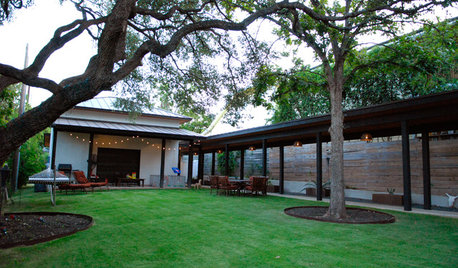
TREESHow to Protect Your Trees When You’re Remodeling or Building
Will your home be undergoing construction this year? Be sure to safeguard your landscape’s valuable trees
Full Story
WORKING WITH PROS7 Tips for Making Contractors Your Allies
For a contractor as vested as you are in your home project's success, follow these time-tested techniques from a professional designer
Full Story
WORKING WITH PROSHow to Work With a House Painter
A professional house painter may be your best friend for refreshing rooms. Here's what you need to know to get the best result
Full Story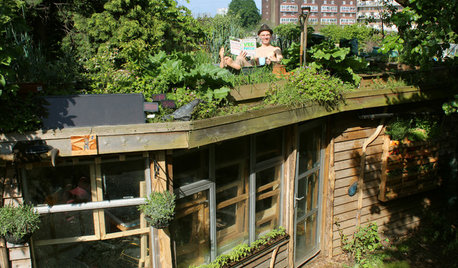
STUDIOS AND WORKSHOPSVisit London’s Shed of the Year
A modern Renaissance man carves out a multifunctional green oasis amid London’s urban whirl
Full Story
LANDSCAPE DESIGNHow to Move Water Through Your Landscape
Swales, underground pipes or a mix of both: There’s more than one way to distribute water in the garden
Full Story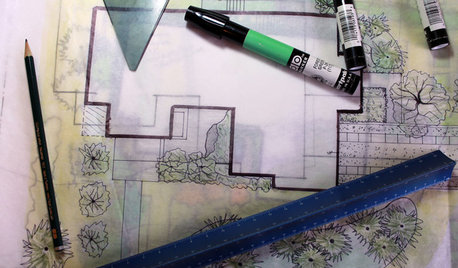
WORKING WITH PROSUnderstand Your Site Plan for a Better Landscape Design
The site plan is critical for the design of a landscape, but most homeowners find it puzzling. This overview can help
Full Story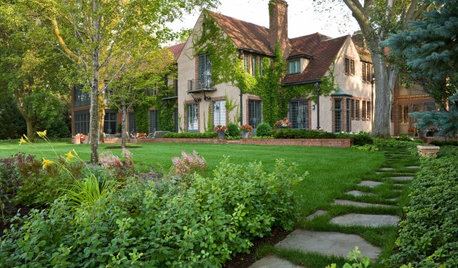
GARDENING GUIDESLay of the Landscape: English-Style Gardens
Stately and formal meet natural and romantic in English-inspired landscapes
Full Story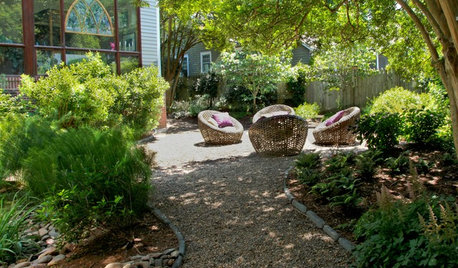
LANDSCAPE DESIGNEasy Ways to Manage Stormwater for Lower Bills and a Healthier Earth
Send cleaner runoff into local waterways and spend less on yard irrigation with these simple landscaping approaches
Full Story
GARDENING GUIDESBackyard Birds: Invite Entertaining Hummingbirds Into Your Garden
Hummingbirds — unique to the Americas — zip through open landscapes seasonally or year-round. Here’s how to attract them
Full Story


northspruce
northspruce
Related Discussions
Help with landscape planning a HUGE!!!! yard!!!!
Q
Landscape Architect career vs Landscape Design
Q
Newbie Needs help with front yard landscaping :)
Q
Landscape Designer in the Big City
Q
Crazy_Gardener
northspruce
The_Passionate_ThumbOriginal Author
marciaz3 Tropical 3 Northwestern Ontario
sierra_z2b
glen3a
northspruce
The_Passionate_ThumbOriginal Author
essus1967
prairie_gardener
sierra_z2b
cailinriley
sierra_z2b
cailinriley
The_Passionate_ThumbOriginal Author
marciaz3 Tropical 3 Northwestern Ontario
cailinriley
sierra_z2b
The_Passionate_ThumbOriginal Author
marciaz3 Tropical 3 Northwestern Ontario
mytime
CrazyDaisy_68
greenlove
janroze
Crazy_Gardener